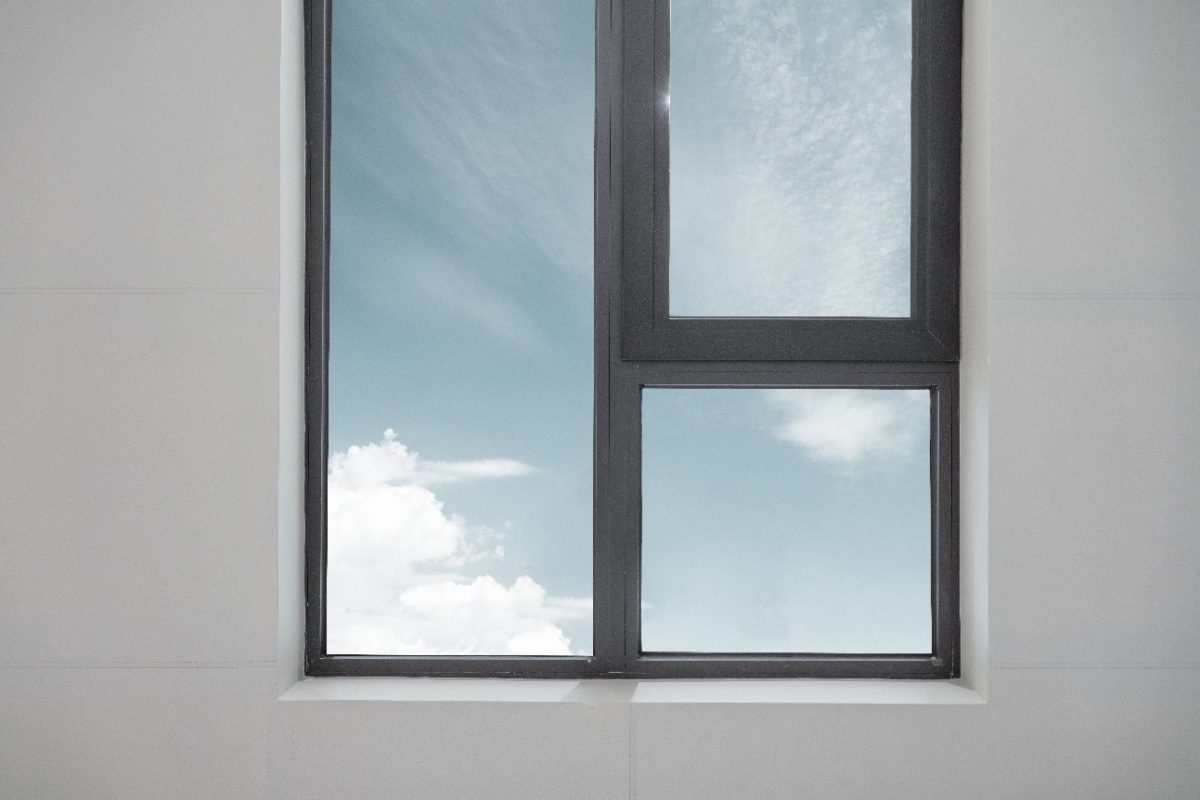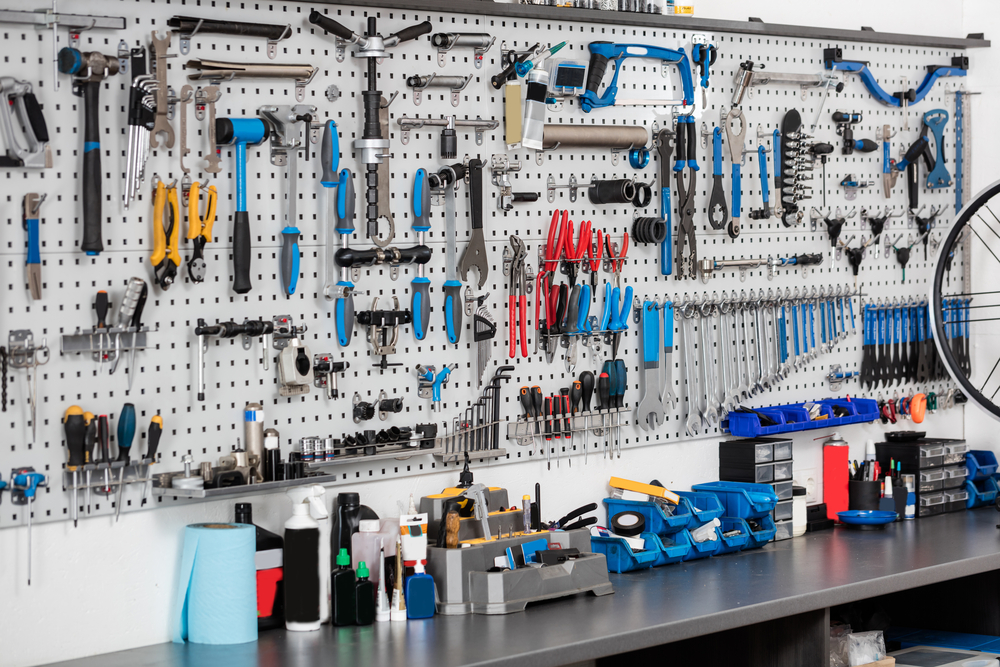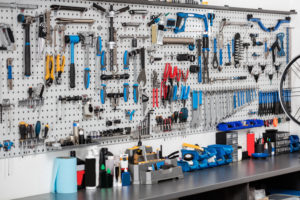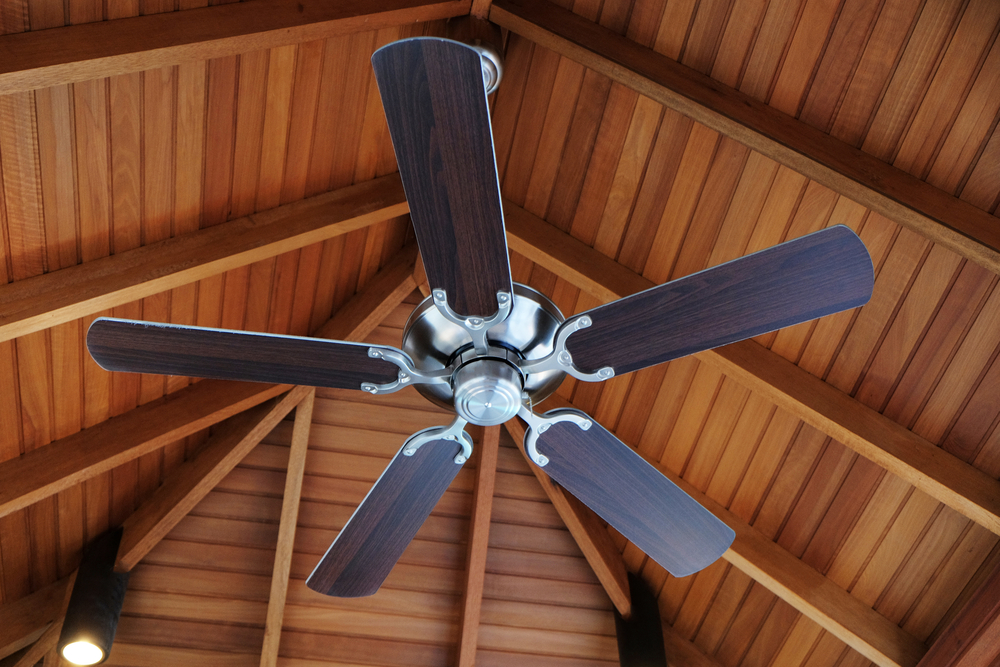One of the best ways to stay warm and cozy during wintertime is by investing in the right windows. Even if you have a perfectly functioning HVAC system, the wrong window type could force your equipment to work harder to keep the temperature in your home at optimal levels. This will leave you with high energy bills.
When choosing the best windows for cold climates, you need to consider several factors to keep your home comfortable. Here are some characteristics that are perfect for homes in areas like Viroqua, WI:
The Best Windows for Cold Climates
One of the best ways to stay warm and cozy during wintertime is by investing in the right windows. Even if you have a perfectly functioning HVAC system, the wrong window type could force your equipment to work harder to keep the temperature in your home at optimal levels. This will leave you with high energy bills.
When choosing the best windows for cold climates, you need to consider several factors to keep your home comfortable. Here are some characteristics that are perfect for homes in areas like Viroqua, WI:
Windows With Vinyl, Wood, Fiberglass, or Composite Frames
An excellent place to start when choosing windows is the frame material. Wood, vinyl, fiberglass, and composite are great at maintaining optimal temperatures all year round. Wood with vinyl cladding is also ideal because wood holds heat best while the vinyl protects the wood.
Windows With a Low U-Factor
To make sure your windows effectively prevent heat loss, look for ones with a low U-factor or insulation value. This determines how well a window stops heat from escaping or entering your home. For the best insulation, look for the lowest possible rating. You can also check the U-factor requirement applicable in your area.
Windows With Multiple Glass Panes
If you’re looking for ways to better protect your home from the cold, you should opt for windows with more than one glass pane. Double- or triple-pane windows are suitable because they hold heat well enough to keep your abode warm and comfortable. These windows can also be insulated with gas in-feels like krypton and argon, which slow down heat transfer.
Windows With a High SHGC Rating
Select windows with a relatively high SHGC or Solar Heat Gain Coefficient rating. This measures how well they block heat from the sun. The rating ranges from 0 to 1, with 0 allowing no solar heat and 1 permitting maximum solar heat. A higher SHGC rating will help provide your home with natural heat even during winter.
Windows With a Low Air Infiltration Rate
When air leaks around the frame, the temperature in your home will decrease. This will force your heater to compensate. To avoid that, the best windows to get are ones with an air infiltration rate of 0.3 cubic feet per minute or less.
Windows With a Low-E Coating
If you want to minimize the amount of ultraviolet and infrared light passing through your windows without compromising visible light, choose panes with low-E coatings. These coatings are thinner than human hair and can conduct heat back into your home. They are also known to improve the thermal efficiency of a window.
Find the Perfect Windows for Your Home
If you’re looking for quality windows that suit your needs and style preferences, we can help you at Nuzum Building Supply in Viroqua, WI. We offer quality products from the most popular name brands and provide superior service that has been trusted since 1894. Call us today to get free quotes and estimates. We will be glad to help you!







